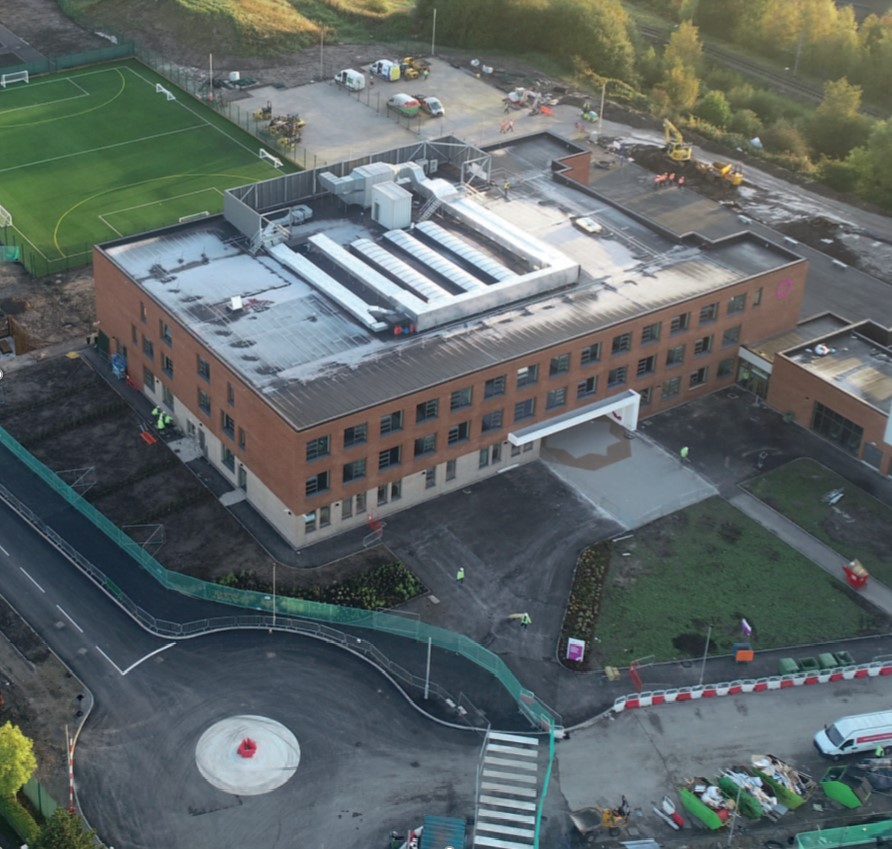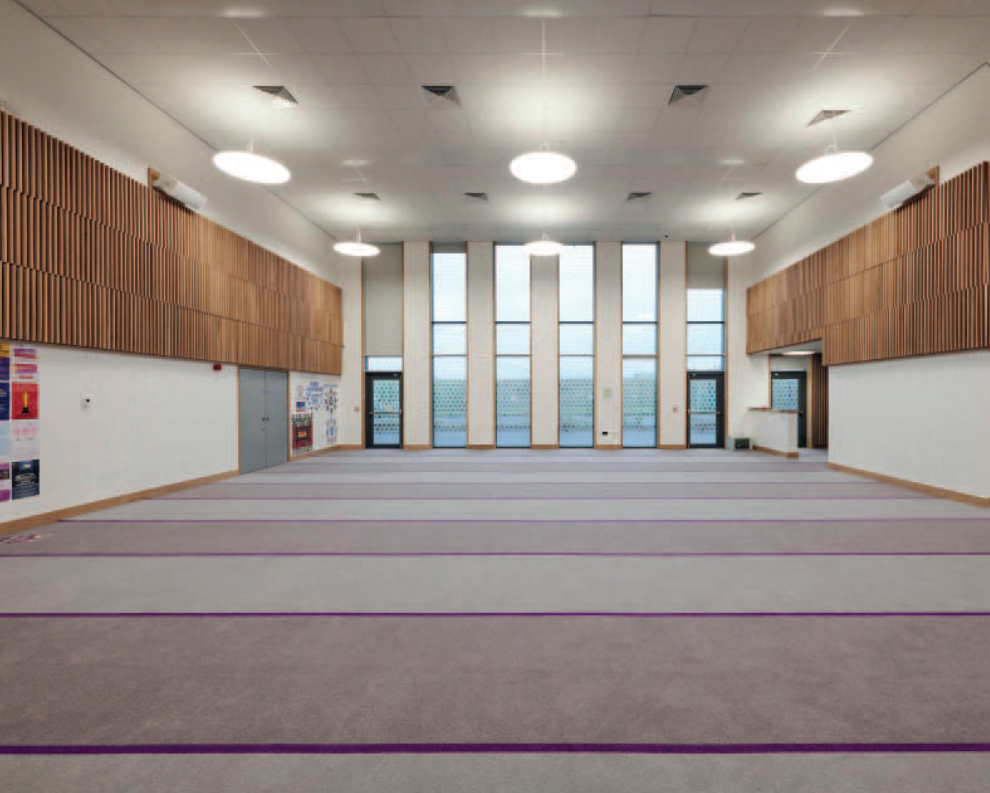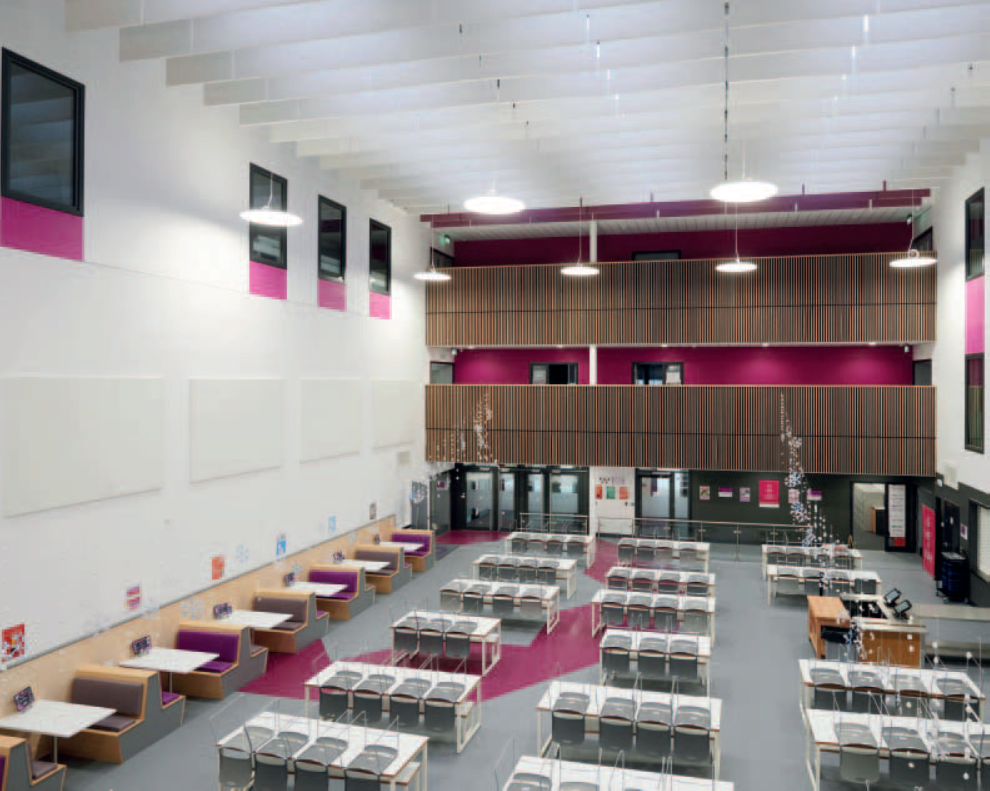
Gavin Davis, Operations Director at Wates Construction, outlines how they tackled one of their most testing remediation challenges in recent years to create a successful school
AS prime development land becomes even scarcer, many are looking to previous wasteland to create much-needed community builds such as schools and leisure hubs. One example of this is Star Academy’s Eden Manchester schools – two 800-pupil academies built on an ex-landfill site in Cheetham Hill.
Star Academies, formerly Tauheedul Education Trust, operates 25 primary and secondary schools across the country, and prides itself on creating an exemplary learning environment where every student can excel. This environment starts with its buildings and Eden Manchester represented one of the trust’s most ambitious projects to date.
The £46m Eden Manchester project involved the creation of two new Muslim faith academies, one girls’, one boys’, as well as the associated sports pitches, 137-space car park, 160 cycle spaces and electric vehicle charging points.
Two significant difficulties lay in landscaping on a capped landfill site and working in a live and logistically challenging environment, with the site located next to a new road that runs between a shopping centre and a trading estate.




Wates Construction had already worked with Star on two previous builds in the North West, Eden Bolton and the Olive School in Blackburn which had themselves overcome significant problems such as a delayed start and extensive community opposition. This success of these projects, and our “problem-solving approach and teamwork ethos” according to Principal Shabir Fazal, was why we were appointed to deliver the complex Cheetham Hill site. Over 15 months, it was completed successfully thanks to a combination of close client collaboration, rigorous pre-construction remediation and the sector knowledge gained from 60 years’ building schools.
Before construction could take place, numerous surveys had to be carried out to mitigate the high risk from the site’s previous use as landfill, as well as develop a build solution that would not harm surrounding ecology. The site remediation revealed that the original strategy did not allow for the extensive ground issues which had not been accounted for in the original tender submission sum. Consequently, further value engineering exercises and additional client funding were required to make the scheme viable.
To minimise negative impact on the community, we first installed an odour and dust suppression system along all fence lines to combat foul odours and dust emanating from the landfill when it was excavated prior to construction. A further £140,000 was spent on close surveying and monitoring of the extent of discharge into the adjacent river.
Thanks to the comprehensive measures, as well as the early appointment of a specialist remediation contractor, Wates was able to secure approval for our remediation strategy from the Environmental Agency. Wates implemented our successful ADAPT™ Schools Solution approach, which offers a fast, affordable option for delivering educational facilities quickly with efficient design and procurement methods. Moreover, due to Star’s specific requirements around ablutions, prayer and how the spaces function, it was vital that we worked closely with them to better understand their needs and develop a bespoke design which could be applied to future projects.
We used design suggestions from both teachers and students, as well as from Star’s regular in-depth investigations into the learning process and reviews of education results. For example, the Principal of the Manchester schools led the reduction in peninsular and extended perimeter ICT teaching desk space to provide better access and greater visibility of screens for students. We used these learnings to feed into the overall design blueprint, giving Star schools across the country a consistent feel in how they operate, are maintained and managed.
Standardisation equipped us with a clear strategy and requirements, allowing us to make further savings in terms of efficiency, capital and operating costs for the client. The building blueprint, issued to contractors at tender, incorporates extensive detail about the expected outputs, including the layouts, the adjacencies, the floor plates and the building’s functionality - extending to ICT/AV equipment and furniture.
Thanks to this partnership, in which Wates and Star were able to collaborate honestly and effectively, a replicable model for success has been established, with the full approval of HM’s Treasury.
With the school now home to 1,600 pupils across both the girls’ and boys’ academies, as well as 144 fulltime staff, Star and Wates have been able to realise a vision of a world-class educational environment, designed specifically to inspire pupils and further the learning process. We will continue to work with Star as it develops and refines its blueprint for education design, building the schools of the future for the next generation.